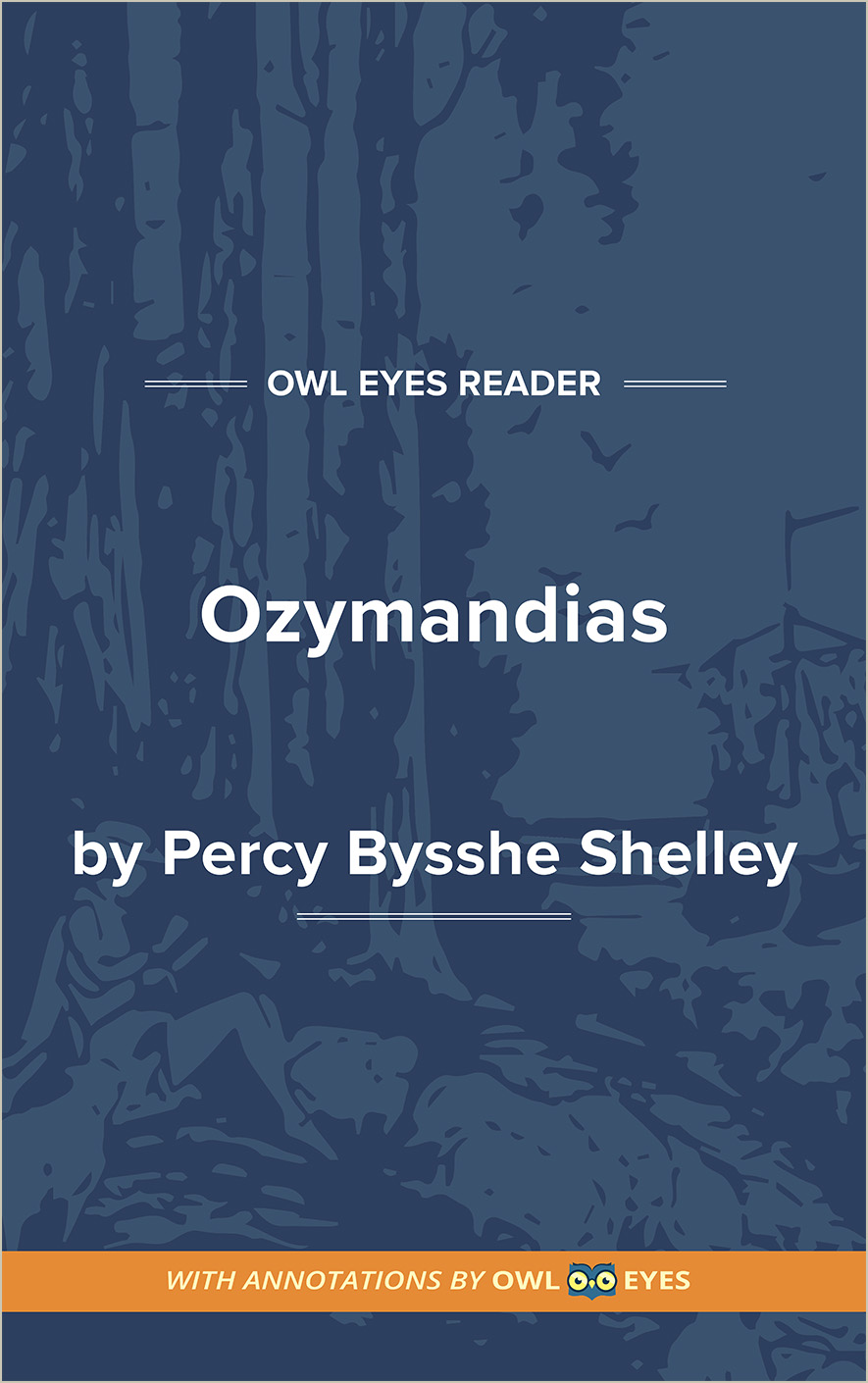Analysis Pages
Themes in Ozymandias
Shelley explores two prominent themes in “Ozymandias”: The transitory nature of life, and the pretensions of fame and fortune. The ancient statue has decayed and the inscription only serves as a warning that the pursuit of power and glory for their own sakes is not only transient, but it is also an illusory, unworthy ambition even within the seeker’s lifetime.
Themes Examples in Ozymandias:
Ozymandias
🔒"Of that colossal wreck..." See in text (Ozymandias)
"Look on my works, ye Mighty, and despair!..." See in text (Ozymandias)
"stamped on these lifeless things..." See in text (Ozymandias)

